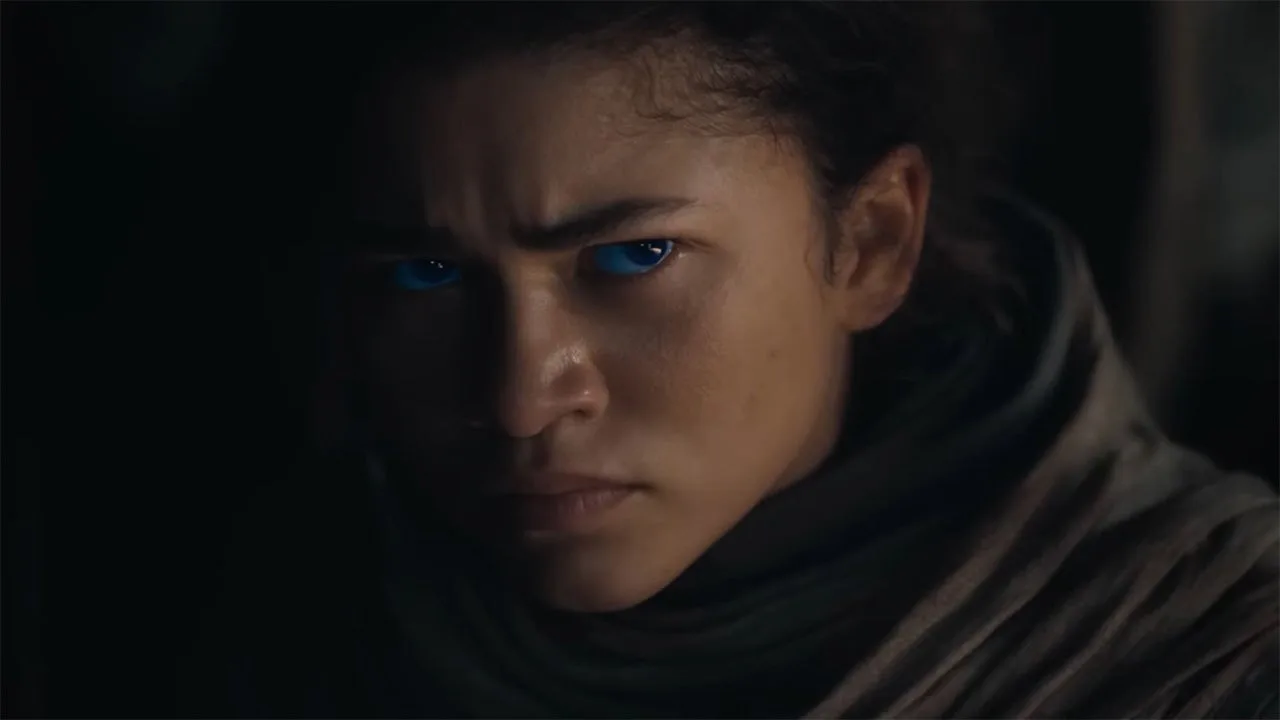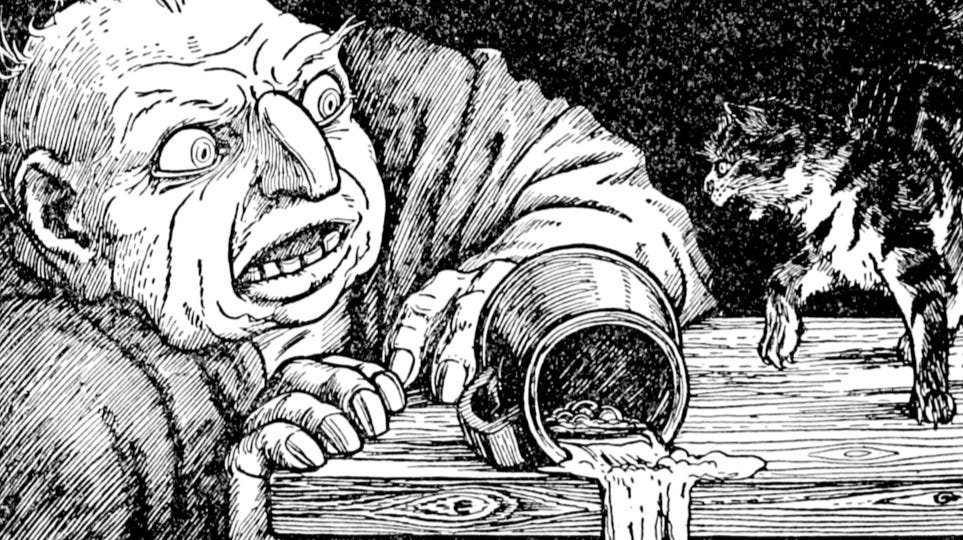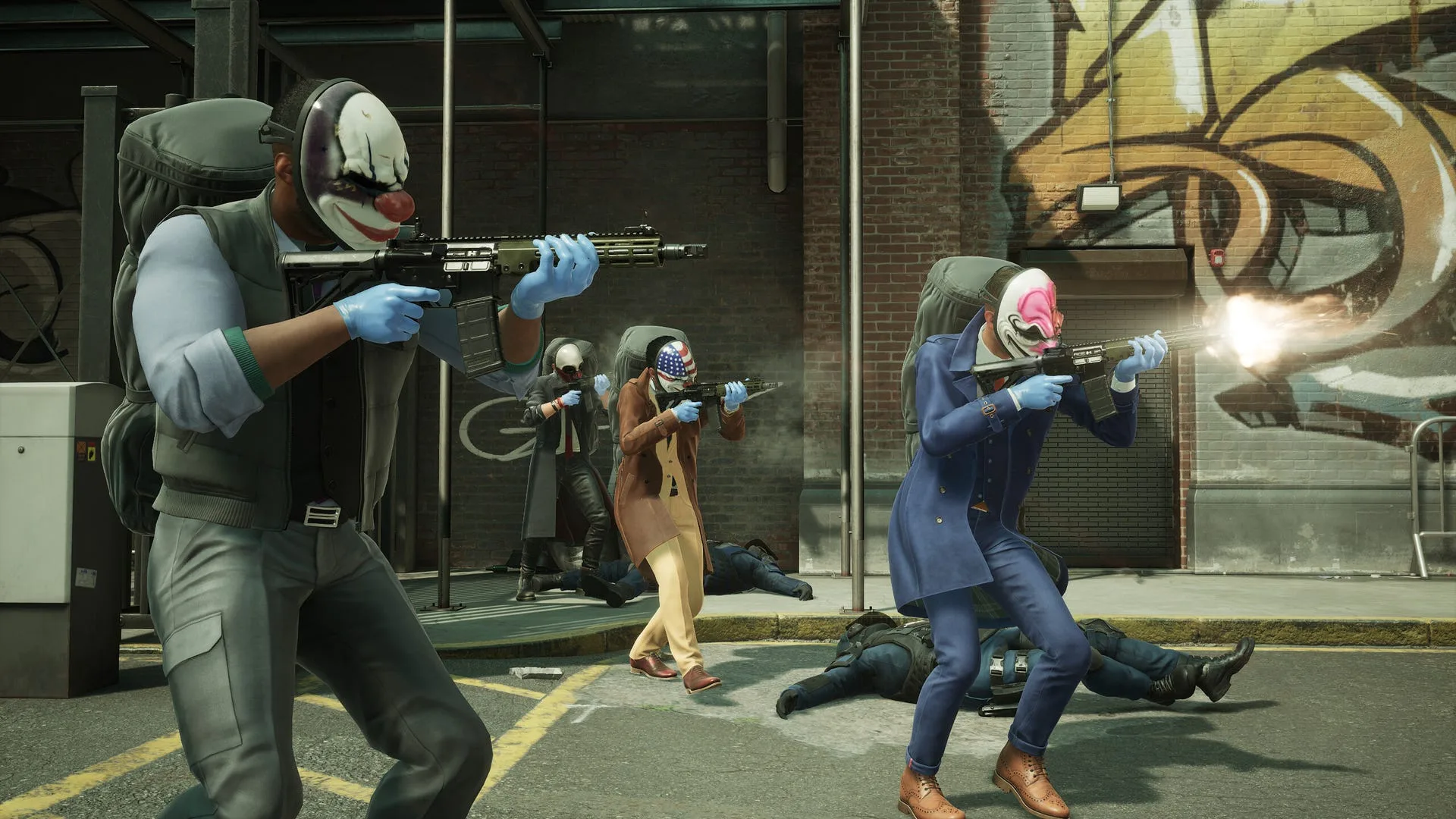Warning: this article contains full spoilers for Dune: Part 2! And if you’re just here to find out whether there’s a post-credits scene at the end, there isn’t one. Denis Villeneuve’s latest movie has no scenes after the credits start rolling.
Dune is one of those epic sci-fi novels that’s just too big to capture in one movie properly. With Dune: Part 2 hitting theaters, we’ve finally gotten the complete story of Paul Atreides and his rise to power as the Lisan al Gaib. Or have we? House Atreides may have gotten its revenge by the end of the movie, but it’s clear there’s a lot more story to tell where Paul and his family are concerned.
With that in mind, let’s break down the ending to Dune: Part 2 and where it leaves characters like Timothée Chalamet’s Paul, Zendaya’s Chani, and Florence Pugh’s Princess Irulan. Where does the story go from here, and why does it appear that these movies are diverging from the books? Here’s everything you need to know about the possible future of the franchise.
Dune: Part 2 Ending Explained
If the first Dune movie showed us the downfall of House Atreides on Arrakis, the sequel is about how Paul turns the tables on his betrayers. In Dune: Part 2, we see Paul win the hearts and minds of the Fremen. These desert nomads have been conditioned by years of carefully planted Bene Gesserit prophecies to expect the coming of a messiah called the Lisan al Gaib. Paul, with his unparalleled combat skills and his rapidly growing ability to see the future, seems to be the savior they’ve been waiting for.
Paul finally cements his hold over the Fremen when he undergoes two critical tests. First, he successfully rides a Sandworm and passes the rite of adulthood every Fremen must undergo.
Second, he follows in his mother’s footsteps by drinking the Water of Life and transmuting it, fully awakening his prescient abilities in the process. It’s there that Paul begins communing with his unborn sister Alia (Anya Taylor-Joy) and realizes that Baron Harkonnen (Stellan Skarsgård) is actually their grandfather.
Paul fears the holy war he knows his people will unleash upon the galaxy, but he ultimately chooses to embrace his messianic role rather than avoid his destiny.
By the climax of Dune: Part 2, Paul and his mother, Rebecca Ferguson’s Lady Jessica, have managed to whip the Fremen of the north and south of Arrakis into a religious fervor. Paul fears the holy war he knows his people will unleash upon the galaxy, but he ultimately chooses to embrace his messianic role rather than avoid his destiny. However, he refuses to challenge Javier Bardem’s Stilgar to ritual combat, not wanting to waste such a valuable warrior and ally.
After reuniting with his old teacher, Josh Brolin’s Gurney Halleck, Paul reclaims the Atreides family’s stash of atomic weapons and uses them to launch an all-out assault on the city of Arakeen. With the Padishah Emperor (Christopher Walken) and the Baron both in the city, it’s the perfect time for the heir to House Atreides to settle all scores.
Paul swiftly kills the Baron and gives the Emperor an ultimatum. Either Shaddam IV abdicates the throne or the Fremen will destroy all the spice on Arrakis, forever dooming an Imperium that’s become so heavily dependent on this rare substance.
It’s here that Paul duels Austin Butler’s Feyd-Rautha with the fate of the universe hanging in the balance. Feyd, despite his tricks, loses the duel, and the Emperor is left with no choice but to surrender.
Paul’s ultimate goal is to marry Princess Irulan and cement his claim to the throne. This angers Chani and seems to bring a swift end to their whirlwind romance. As Chani summons a sandworm and returns to the desert, Paul and his Fremen unleash their fury on the Houses that refuse to recognize their new emperor. Jessica and Alia reflect that Paul Muad’Dib’s holy war has truly begun, and the universe will never be the same.
Does Dune: Part 2 Have a Post-Credits Scene?
The first Dune movie didn’t have a post-credits scene of any kind, and the same holds true for the sequel. There’s no mid or post-credits scene to be found in Dune: Part 2.
This is a bit surprising considering that there’s clearly more story left to be told. Dune: Part 2 may wrap up director Denis Villeneuve’s adaptation of the original Dune novel, but author Frank Herbert penned a further five sequels. That’s not even counting the many prequels, sequels, and spinoffs created by Herbert’s son Brian and author Kevin J. Anderson.
Despite that wealth of material, Dune: Part 2 gives no hint as to what’s coming next. But fear not, we’re about to break down everything you need to know about where the third movie is heading.
Dune: Part 2’s Missing Characters
Before we get into Dune: Part 3, it’s worth taking a step back to explore the important characters who don’t appear in Part 2. This sequel changes up the source material by leaving several major characters on the cutting room floor.
One of those is Stephen McKinley Henderson’s Thufir Hawat. Thufir plays a small but critical role in the second half of the book. Captured by the Harkonnens, Thufir is put to work as the Baron’s new Mentat. The Baron believes Thufir can be controlled through his desire for vengeance, all based on the lie that Lady Jessica betrayed her Duke. But Thufir continues to quietly scheme against the Harkonnens and maneuver Feyd-Rautha against his uncle. In the end, Thufir chooses to die rather than betray Paul.
Henderson did reportedly film scenes for Dune: Part 2, but those scenes were cut from the final product. The same goes for actor Tim Blake Nelson, who was cast in an undisclosed role and doesn’t appear in the final film.
It’s speculated that Nelson was meant to play Count Fenring, the husband of Léa Seydoux’s Lady Margot and one of the greatest swordsmen in the Imperium. Fenring himself is part of the Bene Gesserit’s long scheme to produce the Kwisatz Haderach, but he proved to be a dead end because of his infertility. That’s why Lady Margot seduces Feyd-Rautha, in order to secure his genetic material for the Bene Gesserit’s ongoing breeding program. It may be that Villeneuve felt it was simpler to leave Fenring out of the picture.
The movie also eliminates Paul and Chani’s son, Leto II. Named in tribute to his late grandfather, Leto only appears briefly in the book before being killed in an attack by the Emperor’s soldiers. In the book, his death is a sign that Paul, for all his power, isn’t all-seeing and all-knowing. Not yet, anyway.
In one of the more notable changes from the book, Lady Jessica’s daughter never actually appears in the flesh.
Finally, there’s Alia. In one of the more notable changes from the book, Lady Jessica’s daughter never actually appears in the flesh. She’s still yet to be born by the end and appears only as an adult through Paul’s prescient visions. By comparison, in the book Paul and Lady Jessica stay with the Fremen for years before the holy war begins, enough time for Alia to be born and grow to age 2.
This two-year-old Alia is a tricky character to handle because she’s a young child who speaks with the mind and personality of a fully grown adult. How do you find a child actor who can convincingly pull off such a role? Do you dub over her lines and hope for the best, as in David Lynch’s Dune? Villenueve clearly opted for the path of least resistance, accelerating the timetable and ending the movie before Alia is actually born. Assuming Dune: Part 3 happens, we’ll reconnect with Alia as a fully grown adult.
How Dune: Part 2 Sets Up More Sequels
Dune: Part 2 definitely wraps up on an open-ended note, just as the novel does. As the credits roll, we’ve just seen the opening salvo in a holy war that promises to reshape the galaxy. Paul has gotten his revenge, but at what cost? Is this even a happy ending?
Not really. Herbert famously said that the Dune series is a cautionary tale about the need to be wary of charismatic leaders. Whether or not his intentions are noble, Paul has just ushered in a war that threatens to claim billions of lives. The fallout of that war carries into the second book in the series, Dune Messiah.
Messiah picks up more than a decade after the events of Dune. In this era, Paul rules the galaxy from his throne on Arrakis, but not all is well in the Imperium. More than 60 billion people have been killed in the holy war. Paul has yet to father any children, and Princess Irulan is conspiring against her husband with the Bene Gesserit, the Spacing Guild and the technological experts known as the Tleilaxu. Even some of the Fremen are beginning to doubt their leader and lament the loss of their old way of life. All the while, Alia becomes a religious figure in her own right, with many Fremen worshipers hailing her as “St. Alia of the Knife.”
Even more than in the first novel, Paul struggles with the weight of his prescient visions in Dune Messiah. When the past, present and future are open to you, how do you decide to do anything? How do you move through the world when every step is laid out before you? When you can sense every tragedy that lies ahead, do you allow fate to play out or seek to rewrite the future? Paul is determined to guide humanity along the best possible path, but in the end, the sacrifices necessary might be too much for him to bear.
Villenueve has voiced his desire to film a third Dune novel based on Messiah, and it appears that the screenplay is nearly complete. However, the ending to Dune: Part 2 suggests that Part 3 won’t be a 1:1 adaptation of Messiah.
The biggest change in this sequel involves the fate of Chani. In the book, Chani is aware of Paul’s plan to marry into the throne and accepts it as a necessary burden. She serves as Paul’s concubine in Dune Messiah, living in a tense coexistence with Irulan and hoping to bear Paul’s children. Chani is unaware that Irulan is poisoning her food with contraceptives, purposely denying the Emperor an heir.
In the movie, Chani is as shocked as anyone to learn of Paul’s plan for Irulan. She leaves Paul and returns to the desert rather than live the life of a concubine. It’s the culmination of a clear effort to give Chani more agency and a more proactive role in the movies compared to the book. Irulan, for her part, comes across as more sympathetic to Paul in the movie, suggesting the two might actually make for a good match.
In short, Chani is being set up to have a vastly different role in Dune: Part 3. She won’t be by Paul’s side, and that could fundamentally change both of their character arcs in the next movie. Chani may even become the figurehead of that faction of Fremen who reject the Lisan al Gaib and his holy war. Is their love affair doomed for good, or will Paul and Chani return to each other’s side in the third movie? Will Chani’s story ultimately play out the same as in the book, or will this one change ripple out and continue to affect the series in surprising ways? We’ll have to wait a few years until the next Dune movie hopefully becomes a reality.
What did you think of Dune: Part 2? What are your theories about the next movie in the series? Let us know in the comments.
For more on this epic sci-fi adaptation, check out IGN’s Dune: Part 2 review, learn how practical effects help make Arrakis real and brush up on the all-important Feyd-Rautha Harkonnen.
Jesse is a mild-mannered staff writer for IGN. Allow him to lend a machete to your intellectual thicket by following @jschedeen on Twitter.



